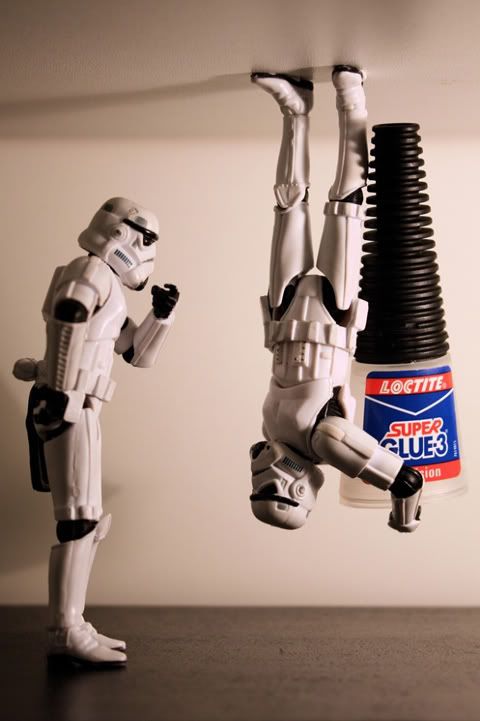If you're like me you're more than a little sick of GM's Ed Whitacre tv ad. So are more than a few U.S. Senators and lawmakers. From Fox:
General Motors has been running ads on all the major networks claiming the company repaid its $6.7 billion U.S. government loan "with interest five years ahead of the original schedule." General Motors Company CEO Ed Whitacre can be seen in the ad walking through an auto plant as he touts the company's progress.
But lawmakers, and even the inspector general for the bailout fund GM borrowed from, point out that General Motors only repaid the bailout money by dipping into a separate pot of bailout money. They say the company did not actually use its own earnings to make the early payment and are questioning why executives are making such a big deal out of it.
The workings of the bailout and what is actually being repaid and how are complex but simplified basically GM is repaying their "loan" with other money from the government, not from any actual earnings.
The $6.7 billion is also just a fraction of the $52 billion General Motors received in government aid. Grassley said lawmakers are being told government losses on GM are expected to exceed $30 billion.
The TARP inspector general, Neil Barofsky, bluntly told the Senate Finance Committee during a hearing last week that the repayment "is just other TARP money" and lawmakers should not "exaggerate" the feat.
"It sounds like they're kind of like taking money out of one pocket and putting it in the other to do that," Sen. Tom Carper, D-Del., said at the hearing.
And of GM’s Vice Chairman Stephen Girsky:
General Motors admits that the company is repaying the loan with other government money, but says a year ago "nobody thought we'd be able to pay this back."
Gee, that's really reassuring.
Here's Ed Whitacre's complete ad, somewhat ironically titled "Trust":























